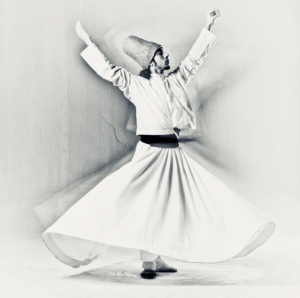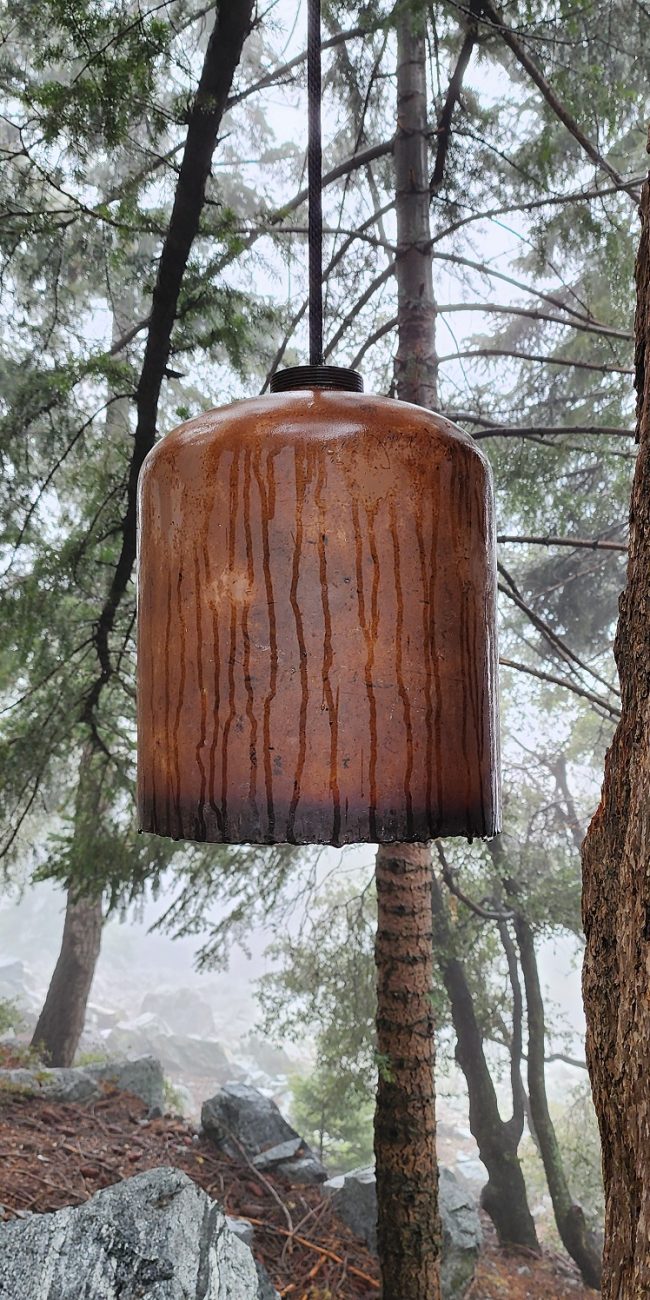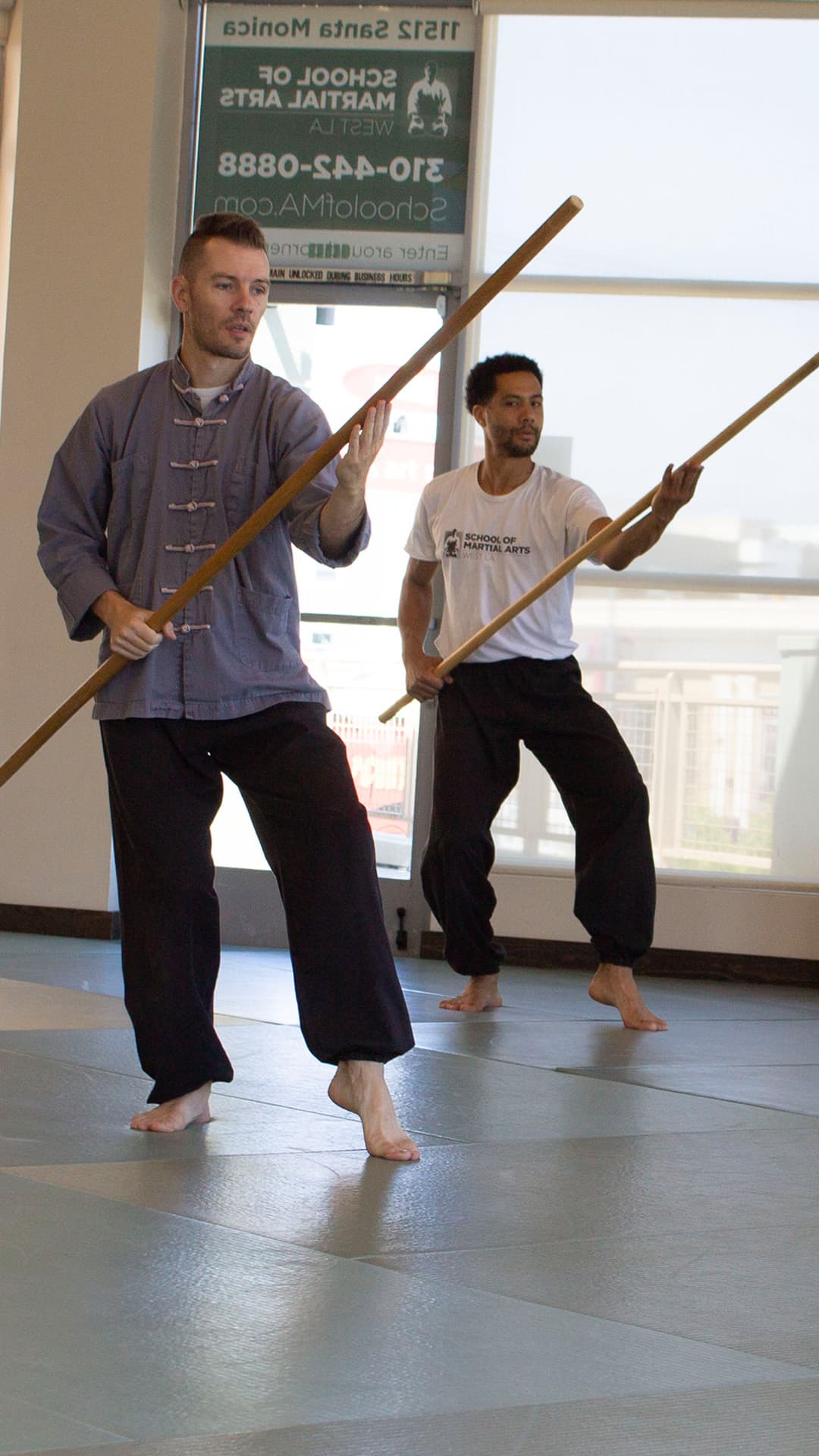“Silence is the language of god,
all else is poor translation.”
― Rumi
Witnessing Silence in a Moving Meditation
On my recent trip to Istanbul, my friends and I had a very long day visiting the Hagia Sophia and Blue mosque (both beautiful), then going to the underground Basilica Cistern (creepy and beautiful) and finally spending hours walking through the Topkapi Palace (extensive). It was a very hot and humid day and my martial arts stamina was tested.
beautiful), then going to the underground Basilica Cistern (creepy and beautiful) and finally spending hours walking through the Topkapi Palace (extensive). It was a very hot and humid day and my martial arts stamina was tested.
In the afternoon we ducked out of the extreme heat and sat on a cushioned booth in the shady patio of a restaurant. I sucked down a slushie-like iced fruit beverage and was bombarded by mist fans. After a few minutes a man wearing a black cloak and a tall camel hair hat took the stage. He stood next to the musician who was playing a stringed instrument I do not know the name of. He bowed and removed his cloak, revealing a long white skirt. Then, he began to turn and at this point, I realized I had the pleasure of watching a whirling dervish. I had never seen this form of moving meditation before in person or otherwise, so a friend explained what he knew and I researched the rest for this article using Wikipedia and other online resources.
A Spiritual Gift
“Dervish” is a common term for an initiate of the Sufi path, a sect of Islam founded by the famous poet Rumi in the 13th century. Whirling is part of a formal Sema ritual in which the participants are said to listen to the divine. The dervish’s camel hair hat (sikke) represents the tombstone of the ego; his wide, white skirt (tennure) represents the ego’s shroud. By removing his black cloak (hırka), he is spiritually reborn to the truth. At the beginning of the Sema ritual, by holding his arms crosswise, the dervish appears to represent the number one, thus testifying to god’s unity. While whirling, his arms are open: his right arm is directed to the sky, ready to receive god’s beneficence; his left hand, upon which his eyes are fastened, is turned toward the earth. The dervish conveys god’s spiritual gift to those who are witnessing the Sema. Revolving from right to left around the heart, the dervish embraces all humanity with love.
Connection with the Highest Self
As I watched the dervish turn and turn in silence with his eyes closed. I marveled at his balance and ability to keep turning without getting dizzy. He went on for at least five minutes, but it seemed to last for an hour. It seems to me that this form of meditation has much in common with T’ai Chi. In turn and by extension, commonality with our other physical and internal practices. The dervish pours his very essence into his movement. He lets his ego melt away and connects with his highest self.
While having a spiritual ritual or martial arts class helps us get past our small self, it is possible to experience higher states of consciousness in everyday life. Take a lesson from the whirling dervish; dance wherever you are and listen to the divine in the flow that ensues.
“Dance, when you’re broken open. Dance, if you’ve torn the bandage off. Dance in the middle of the fighting. Dance in your blood. Dance when you’re perfectly free.”
― Rumi




Julie LaPorte
I really enjoyed reading this, and especially loved the Rumi quote about dance at the end! Thank you for sharing!
Taunia
❤️